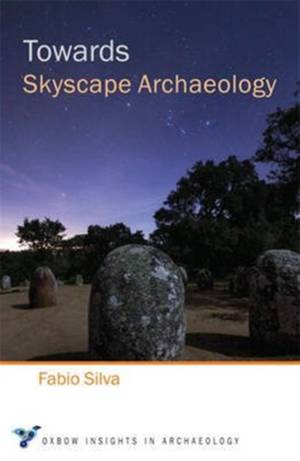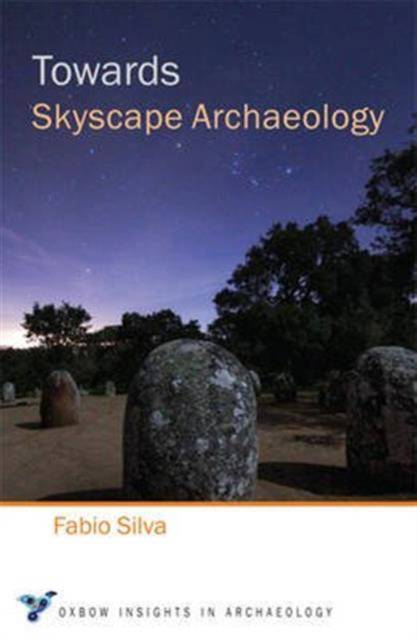
- Retrait gratuit dans votre magasin Club
- 7.000.000 titres dans notre catalogue
- Payer en toute sécurité
- Toujours un magasin près de chez vous
- Retrait gratuit dans votre magasin Club
- 7.000.0000 titres dans notre catalogue
- Payer en toute sécurité
- Toujours un magasin près de chez vous
Description
The study of beliefs and practices concerning the sky in the past and the uses to which people's understanding of the sky was put has long been of great interest to archaeologists and the wider public, but also controversial. After the dispute in the 1960s and 70s between archaeologists and astronomers over the intentionality behind identified high-precision alignments such as those at Stonehenge, the modern discipline of archaeoastronomy has found its feet deeply rooted in fieldwork and statistical tests for validity. However, archaeoastronomy, particularly its prehistoric variety, is currently at an impasse. Although thousands of structures have now been surveyed for celestial alignments, and statistical analyses do suggest some degree of intentionality in some cases, only very rarely have these been successfully interpreted and integrated into the archaeological narrative. Archaeoastronomers have failed to fully engage with what the alignments meant for prehistoric people and why they decided to incorporate them into their structures. This impasse is one of the reasons why archaeologists have for so long kept their distance.
Towards Skyscape Archaeology looks at archaeoastronomical theory and method from the point of view of archaeology. It highlights current limitations and suggests what needs to be addressed and overcome for archaeoastronomy to produce knowledge of value to the broader academic community. It argues that archaeoastronomy needs to come closer to archaeology; it needs to become a skyscape archaeology, and proposes ways to achieve this.
Using case studies from Peru, Scotland, Spain, Malta and Stonehenge, Fabio Silva challenges the orthodoxy and argues that with a different approach we can further our understanding of the cosmology and worldviews of cultures and societies.
Towards Skyscape Archaeology looks at archaeoastronomical theory and method from the point of view of archaeology. It highlights current limitations and suggests what needs to be addressed and overcome for archaeoastronomy to produce knowledge of value to the broader academic community. It argues that archaeoastronomy needs to come closer to archaeology; it needs to become a skyscape archaeology, and proposes ways to achieve this.
Using case studies from Peru, Scotland, Spain, Malta and Stonehenge, Fabio Silva challenges the orthodoxy and argues that with a different approach we can further our understanding of the cosmology and worldviews of cultures and societies.
Spécifications
Parties prenantes
- Auteur(s) :
- Editeur:
Contenu
- Nombre de pages :
- 210
- Langue:
- Anglais
- Collection :
- Tome:
- n° 7
Caractéristiques
- EAN:
- 9781782979555
- Date de parution :
- 30-11-22
- Format:
- Livre broché
- Format numérique:
- Trade paperback (VS)
- Dimensions :
- 127 mm x 198 mm

Les avis
Nous publions uniquement les avis qui respectent les conditions requises. Consultez nos conditions pour les avis.






